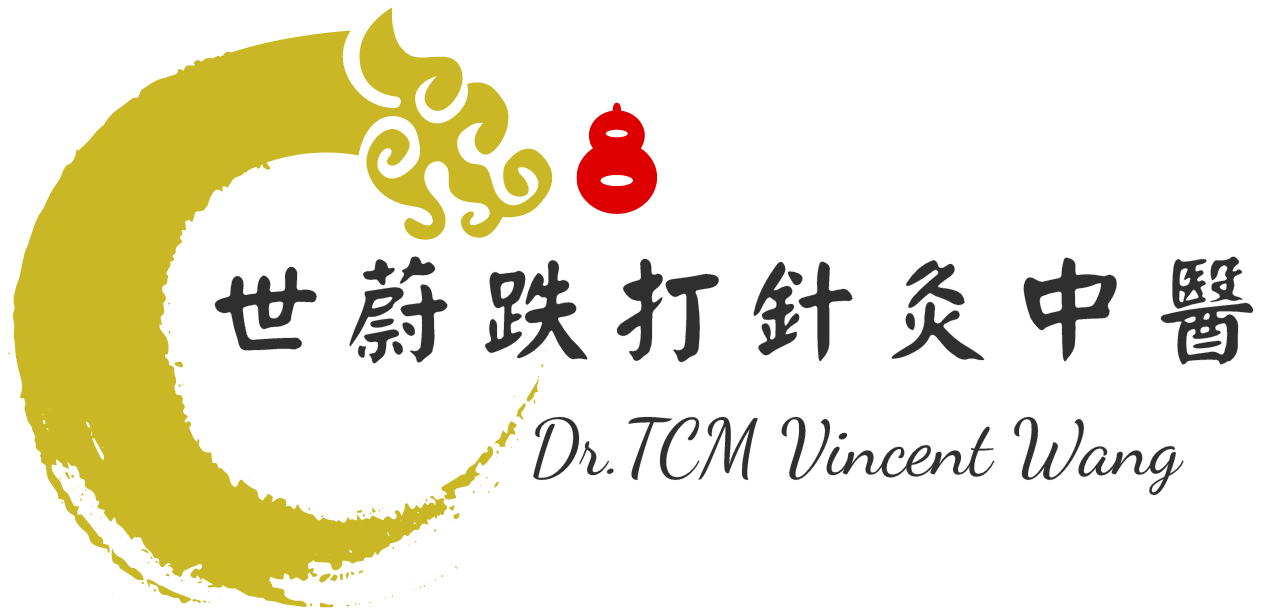Dit Da Manual Therapy for Minor Joint Dislocations
小關節錯位是身體某些部位的關節或關節面脫離正常位置,這種情況會導致疼痛、活動受限甚至更嚴重的功能障礙。跌打手法是中醫傳統的治療方法之一,特別適用於小關節錯位等筋骨問題。通過手法復位,醫師可以幫助患者恢復關節的正常位置,並緩解由此引發的疼痛與不適。以下介紹頸椎、腰椎、胸椎及全身各處常見的小關節錯位症狀,並詳述如何透過跌打手法治療。
小關節錯位的常見部位與症狀 | Common Areas of Minor Joint Dislocations and Symptoms
- 頸椎小關節錯位 | Cervical Spine Joint Dislocation
頸椎的錯位常見於長時間保持不良姿勢、急性外傷或過度運動後。症狀包括頸部僵硬、疼痛,嚴重時可能伴隨肩部、手臂麻木或頭暈。這種情況下,患者往往會感到頸部活動受限,甚至影響日常生活。
Common causes of cervical spine joint dislocation include poor posture, acute trauma, or overuse. Symptoms can include neck stiffness, pain, and sometimes numbness radiating to the shoulder or arms. In severe cases, dizziness may also occur. - 腰椎小關節錯位 | Lumbar Spine Joint Dislocation
腰椎小關節錯位主要發生在搬重物或突然轉動身體時。患者會感到下背部劇烈疼痛,且站立、行走時疼痛加重,常伴有臀部及腿部放射性疼痛。
Lumbar spine dislocation typically happens when lifting heavy objects or twisting the body suddenly. Patients experience intense lower back pain that worsens with standing or walking, often accompanied by radiating pain in the buttocks and legs. - 胸椎小關節錯位 | Thoracic Spine Joint Dislocation
胸椎錯位主要由於長期駝背、不良姿勢或運動創傷引起。症狀包括背部中央的疼痛與壓痛,並可能影響呼吸。
Thoracic spine dislocation is commonly caused by poor posture, prolonged slouching, or sports injuries. Symptoms include central back pain and tenderness, and in some cases, difficulty breathing. - 四肢小關節錯位 | Peripheral Joint Dislocation
這類錯位常見於手指、手腕、肘部、膝蓋等部位,通常是由直接撞擊或過度使用所引起。症狀包括關節腫脹、疼痛和活動受限,有時伴隨明顯的關節變形。
Peripheral joint dislocations frequently occur in the fingers, wrists, elbows, and knees, often resulting from direct trauma or overuse. Symptoms include joint swelling, pain, and restricted movement, sometimes with visible deformity.
跌打手法復位治療 | Dit Da Manual Realignment Therapy
跌打手法在治療小關節錯位中扮演著重要角色。通過推拿、按壓、拉伸等手法,醫師可以將錯位的關節復位,恢復其正常功能,並緩解疼痛。
- 手法診斷與評估 | Manual Diagnosis and Assessment
在治療之前,醫師會進行詳細的檢查,包括病史詢問、關節的視診與觸診,確定錯位的具體關節和程度,從而制定合適的治療方案。
The practitioner conducts a thorough diagnosis, including a visual and tactile examination of the affected joint, to determine the extent of the dislocation and tailor the treatment accordingly. - 手法復位 | Manual Realignment
醫師會根據錯位的部位和情況,使用不同的技術進行復位,包括推拿、按壓和牽拉等方法。這些手法能有效地將錯位的關節恢復到正確的位置,並在不增加患者疼痛的情況下調整周圍的肌肉與筋膜。
Using techniques such as massage, pressing, and traction, the practitioner realigns the dislocated joint, ensuring proper positioning while also adjusting the surrounding muscles and fascia without causing additional pain. - 跌打藥酒外敷 | External Application of Dit Da Jow
治療後,通常會使用中藥跌打酒或藥膏來促進局部的血液循環、減少瘀血與腫脹,並加速康復。
After realignment, Dit Da Jow (herbal liniment) is applied to the affected area to promote blood circulation, reduce swelling, and speed up the healing process. - 康復訓練與護理 | Rehabilitation and Care
醫師會根據患者的恢復情況,指導進行適度的康復訓練,以保持關節的活動範圍和功能。同時,建議患者避免過度用力或不當姿勢,以防止再次錯位。
Based on the patient’s recovery progress, the practitioner will guide rehabilitation exercises to maintain joint mobility and function, while advising on proper posture and movement to prevent future dislocations.
小關節錯位的日常預防 | Prevention of Minor Joint Dislocations
預防小關節錯位的關鍵在於保持良好的姿勢,避免長時間的重複動作,並進行適當的運動熱身。同時,避免突然的過度拉伸或搬重物也是重要的保護措施。
Preventing joint dislocations requires maintaining good posture, avoiding prolonged repetitive motions, and incorporating proper warm-ups before physical activities. Additionally, avoiding sudden excessive stretching or lifting heavy objects can help protect the joints.
聯繫我們 | Contact Us
如果您正遭受小關節錯位的困擾,請聯繫我們的專業中醫診所:
診所地址 | Clinic Address: 6372 Walker Ave, Burnaby, BC V5E 3B6
電話 | Phone: 778-325-4669 / 604-909-0768
電子郵件 | Email: painfreeaom@gmail.com;dr.wang@titdaa.top
